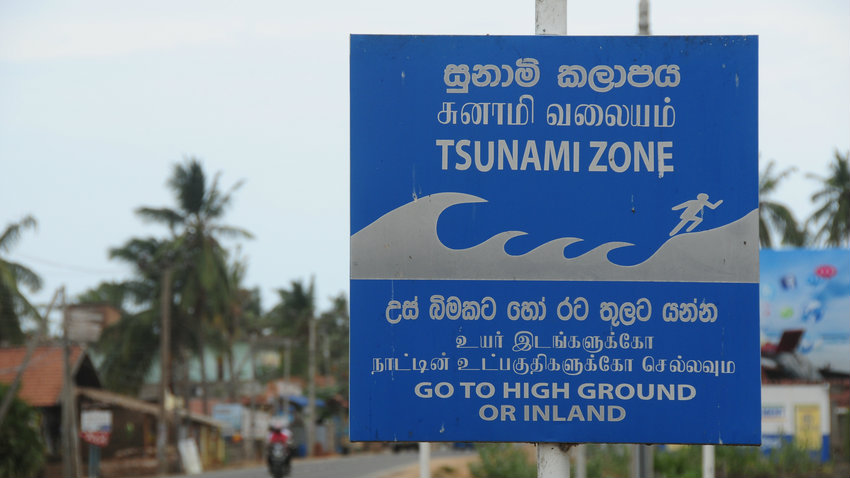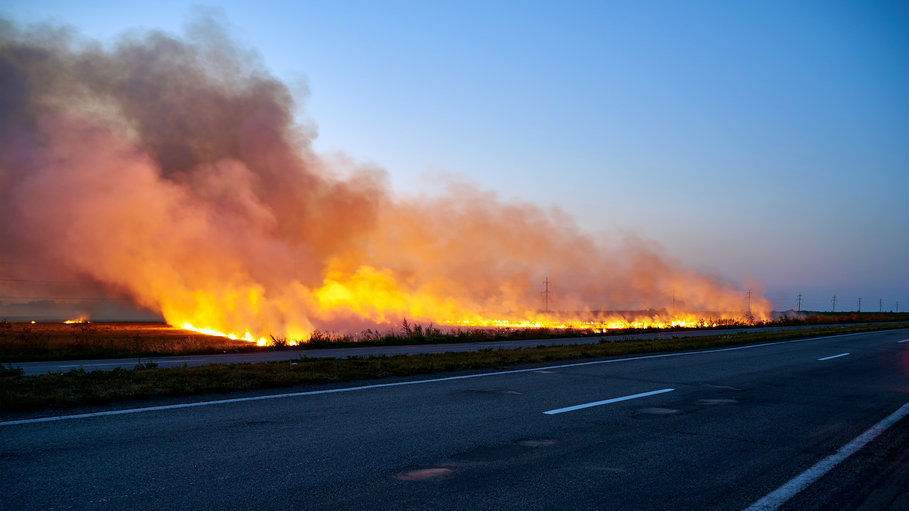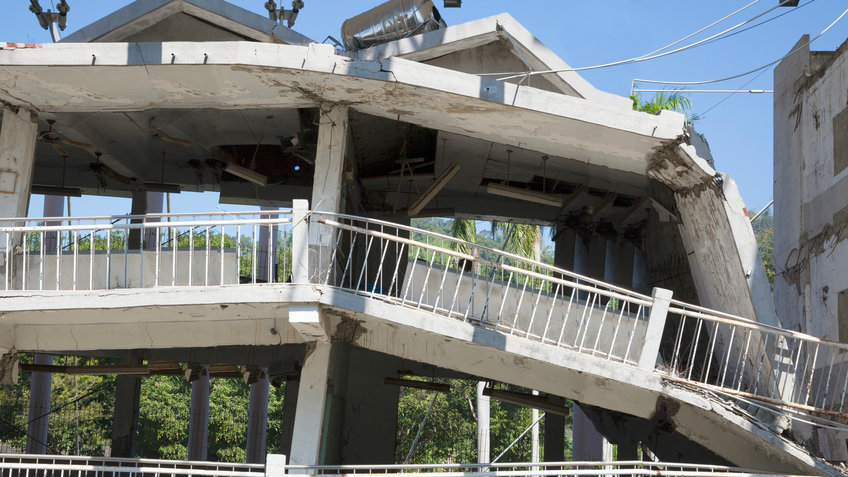Editor's note: This article is as pertinent to HR now as it was just before last year's hurricane season. These tips are worth reviewing in light of Hurricane Harvey and 2017's storms to come.
Earthquakes, floods, hurricanes, tsunamis — savvy organizations realize that, although rare, natural disasters pose a business travel risk that can’t be ignored. For HR managers overseeing business travelers, an earthquake or other catastrophic event can leave employers scrambling to ensure their employees’ whereabouts and safety.
Recent earthquakes in Ecuador, Japan, and Nepal have shown just how essential preparing for the right travel risks can be for HR managers who oversee business travel.
When employers begin their risk management preparations, the stakes are high: They’re morally and legally obligated to protect their employees from the risks associated with travel. However, by taking a proactive — not reactive — approach to addressing these risks, employers can improve response times and emergency protocols.
This not only helps reduce the risks employees are exposed to, but also helps safeguard both the traveler and the organization in the process. As 90 percent of recent major disasters are been caused by weather-related events, the time to begin formulating a proactive natural disaster plan is now, before it’s too late.
Each organization will have unique concerns during a natural disaster, but the following guidelines should be addressed in any travel risk management strategy:
Be aware of potential risks
Travel risks are not static. They frequently change depending on season and natural events.
In 2015, for example, El Niño wreaked havoc on weather patterns throughout the world, and experts predict 2016's fall and winter weather is likely to remain unstable.
Additionally, weather conditions like flooding or severe drought can lead to more dangerous situations like mudslides or wildfires (especially in drought-ridden locations like California) — all possibilities must be considered.
Before employees are dispatched to their travel locations, employers should review the State Department’s alerts and warnings tally, which keeps a running tab on risks throughout the world. 
Educate employees on emergency procedures
As always, the best preparation for managing a crisis is a comprehensive, proactive plan. But, this plan doesn’t rest on employers’ shoulders alone. By engaging employees in risk management protocols, employers are proactively ensuring their employees are cognizant of potential dangers and the actions they should take if disaster strikes.
One of the simplest, most effective emergency procedures employers can teach their traveling employees is the “near/far” protocol:
Near
When a natural disaster strikes, travelers should perform an immediate, 360° intake of their surroundings and situation.
Are you injured? If so, is it safe to leave your current surroundings? Is your location secure? Do you have access to immediate necessities, like food, water, and medication? Remember, when a disaster happens, travel routes are often the first disruption to occur and public transportation will lack security and safety.
When travelers find themselves in a disaster situation, the first priority should always be ensuring their immediate safety and health.
Far
After taking stock of immediate surroundings, travelers should focus on the “far” concerns that await. Where is the closest embassy or consulate?
Assess the lines of communication — is the power out, and are phone lines down? If there is still access to phone lines or an internet connection, can travelers reach their employers to update them on their safety and location? One of a traveler’s first calls should be to their travel risk management provider, who can offer on-the-ground help and resources.
Is there a way travelers’ employers will attempt to contact them? If communication is impossible, is there a trusted local associate who can provide assistance? Look ahead to the next 24 hours to determine the most responsible safety and communication steps to take.
Before an employee leaves for a trip, he or she should be briefed on the above procedures, and should have the tools and information needed (such as contact information for emergency resources — both at their destination and the company/travel risk management provider) to answer key near/far questions that will arise during an emergency.
Understand on-the-ground capabilities
When a crisis erupts, be prepared to activate the best on-the-ground resources. In the aftermath of a disaster — natural or otherwise — time is of the essence. Do your safety research before an employee travels, so your organization will be prepared to act quickly and efficiently.
What resources does your travel risk management program offer? Are there NGOs or other organizations your company can contact? Does your organization have any local contacts who are in touch with travelers? Planning ahead not only helps protect your travelers and fulfill duty of care responsibilities, but can also help prevent emergency situations from becoming even more serious. 
Educate employees about today’s technology
Even the best-laid plans sometimes go awry during a catastrophic event. If a company is unable to locate an employee, then it’s time to crowdsource your intelligence. While traditional methods and avenues are effective, HR managers should educate employees on how consumer technology and social media can be utilized during a crisis.
Facebook, for example, activates the “Safety Check” feature in response to manmade or natural disasters: users in affected areas are prompted by Facebook to mark themselves as “safe,” a reassurance that is then sent to the individual’s network. It proved to be an invaluable tool during last year’s Nepal earthquakes.
Additionally, Twitter is a great tool for employees to keep up-to-date on the latest breaking news and info surrounding a crisis by following the hashtag around a specific event. For example, with the recent devastating floods in Sri Lanka, employees who might be traveling in that area can follow #SriLankaFloods to stay informed on the latest news.
Additionally, open source mapping platforms, such as OpenStreetMap, has become one of the most useful new tools for aid-workers, providing emergency responders with timely and accurate geospatial data to make important planning and prioritization decisions. Informing internal crisis response team members and employees of these tools beforehand could help remove emergency planning and response barriers in the heat of the moment.
Natural disasters can be chaotic and unpredictable, but with some proactive planning and communication strategies in place, you’re well on your way to protecting both your travelers and your organization from these risks.
Complete your profile to continue reading and get FREE access to BenefitsPRO, part of your ALM digital membership.
Your access to unlimited BenefitsPRO content isn’t changing.
Once you are an ALM digital member, you’ll receive:
- Breaking benefits news and analysis, on-site and via our newsletters and custom alerts
- Educational webcasts, white papers, and ebooks from industry thought leaders
- Critical converage of the property casualty insurance and financial advisory markets on our other ALM sites, PropertyCasualty360 and ThinkAdvisor
Already have an account? Sign In Now
© 2024 ALM Global, LLC, All Rights Reserved. Request academic re-use from www.copyright.com. All other uses, submit a request to [email protected]. For more information visit Asset & Logo Licensing.








